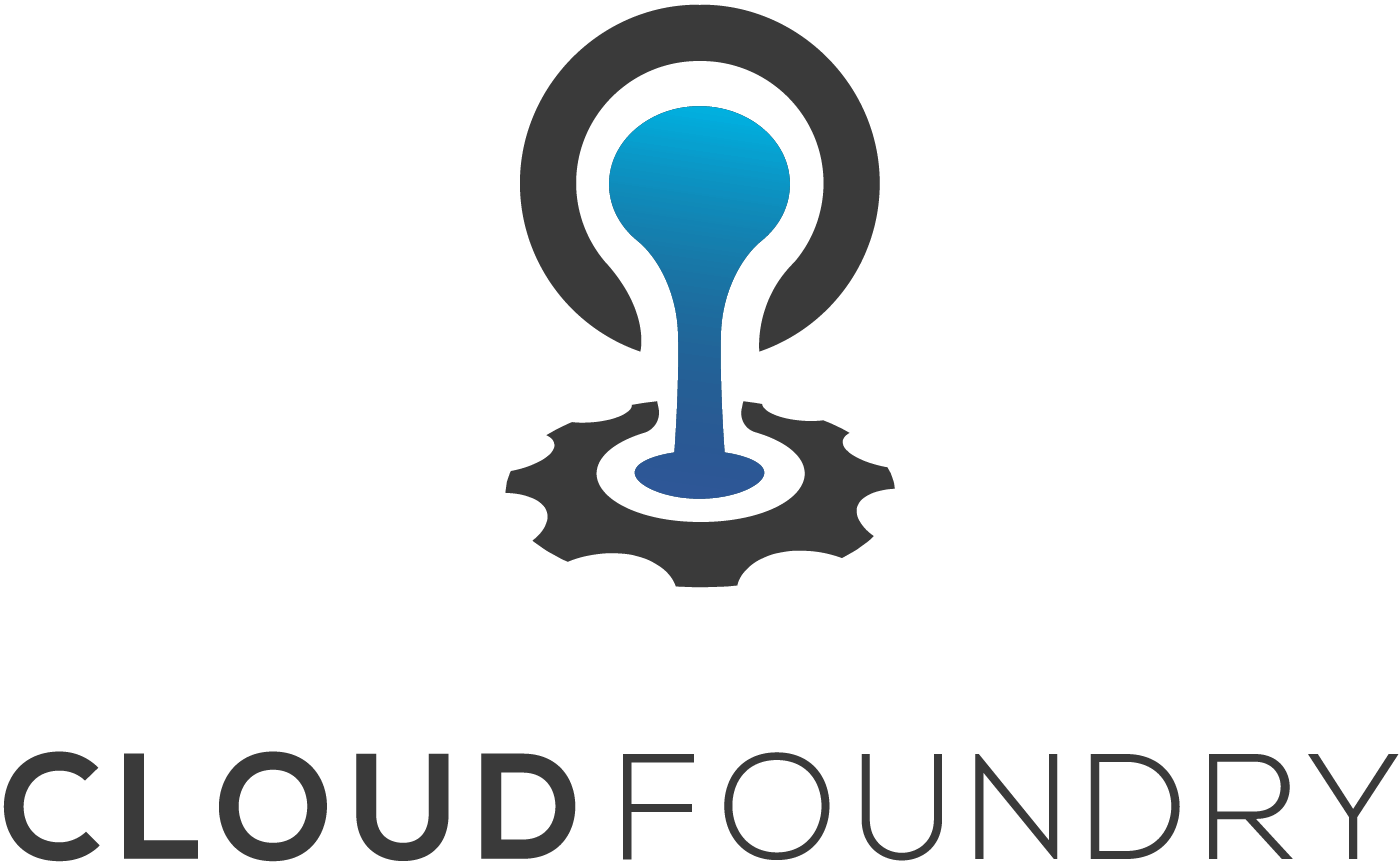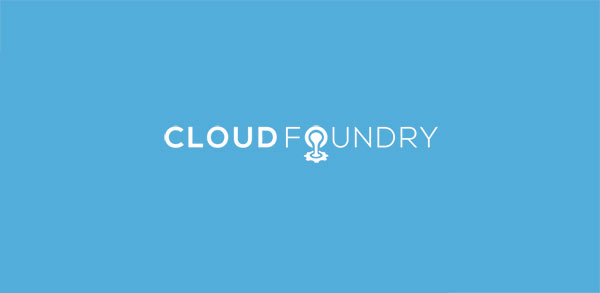This post is written to focus on the big wins for the Buildpacks.io project as observed during KubeCon + CloudNativeCon EU 2024 that was held in Paris. From project meetings held before the main event to a bustling booth filled with inquisitiveness, the conference solidified Buildpacks as an important project in the containerization world.
Laying the Groundwork: A Productive Project Meeting
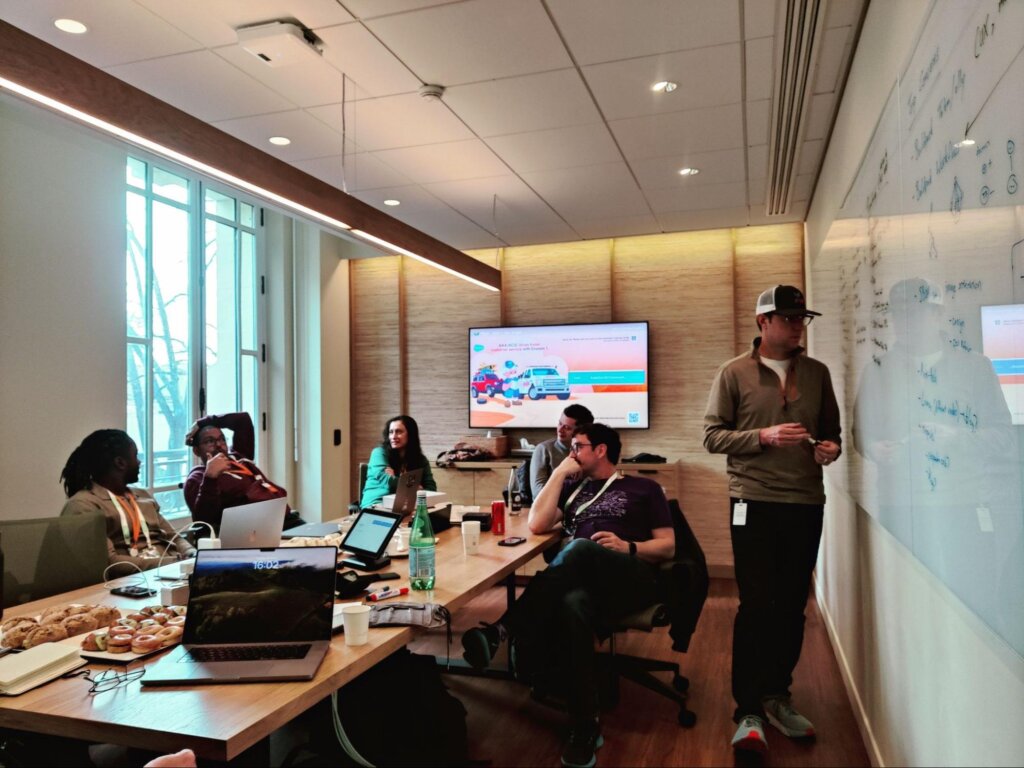
The groundwork for success was laid even before the conference officially began. The Buildpacks project meeting, held just prior to the main events, served as a critical gathering point for the community. This dedicated space fostered a spirit of collaboration as maintainers and contributors hashed out current issues facing the project. Ideas flowed freely as the roadmap was prepared, ensuring everyone was aligned on the future direction of the Buildpacks project. There were a lot of diverse perspectives because of the different people present at the meeting. A big thanks to Salesforce for providing the office space and hosting us all at their fantastic Paris office.
Buildpacks on the Big Stage: Recognition from Industry Leaders
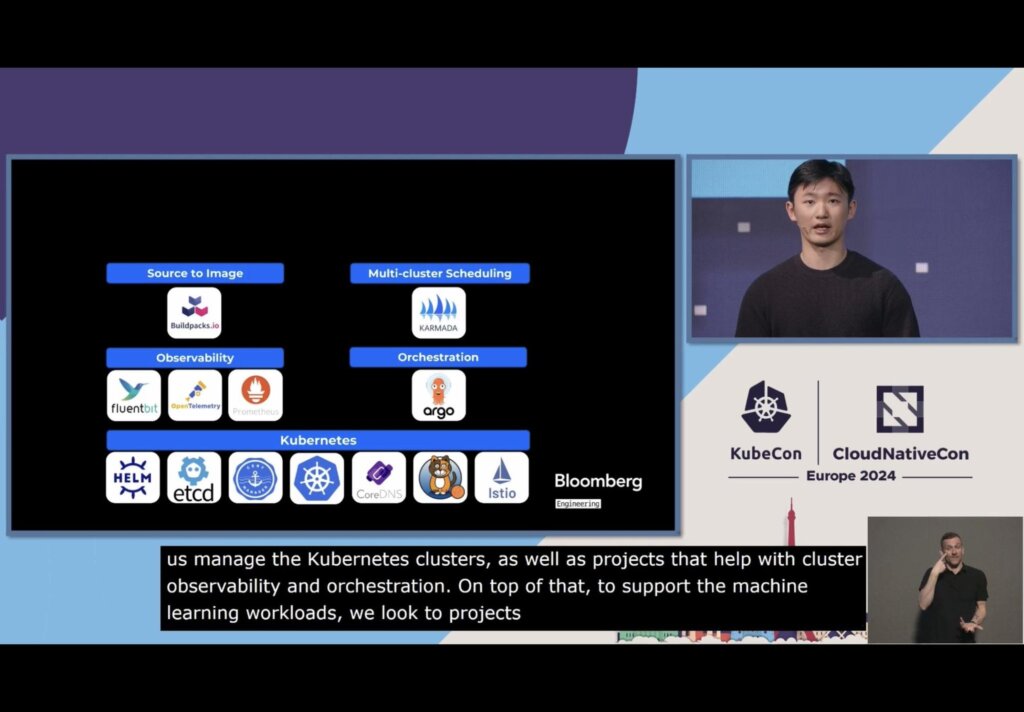
The true highlight of the event came when Buildpacks received not one, but two major shoutouts on the coveted keynote stage. During their show-and-tell, AI engineers from Bloomberg acknowledged the Buildpacks project and showcased how they make use of it in their daily Kubernetes-based workflows. This public recognition from such a reputed technology team was a significant moment, underscoring the growing influence and adoption of Buildpacks within the cloud-native space.
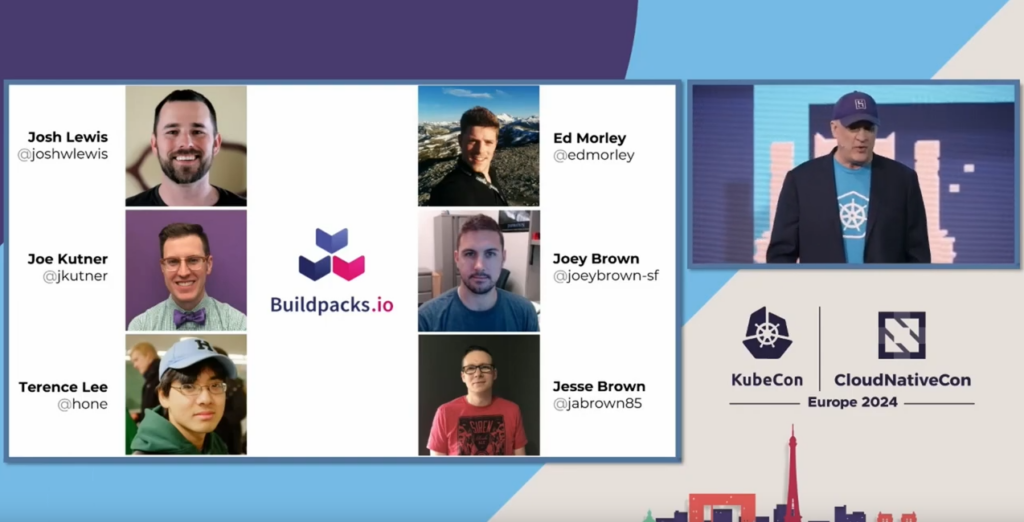
Following this exciting development , on the next day, the CEO of Heroku took the stage and delivered an important announcement: Heroku’s Cloud Native Buildpacks would be available as fully open source! This move represents a major win for the Buildpacks ecosystem, further democratizing access to these powerful tools. By making them freely available, Heroku has not only contributed significantly to the project but also sent a strong message about the future of Buildpacks within containerization workflows.
Beyond the Keynotes: A Buzzing Booth
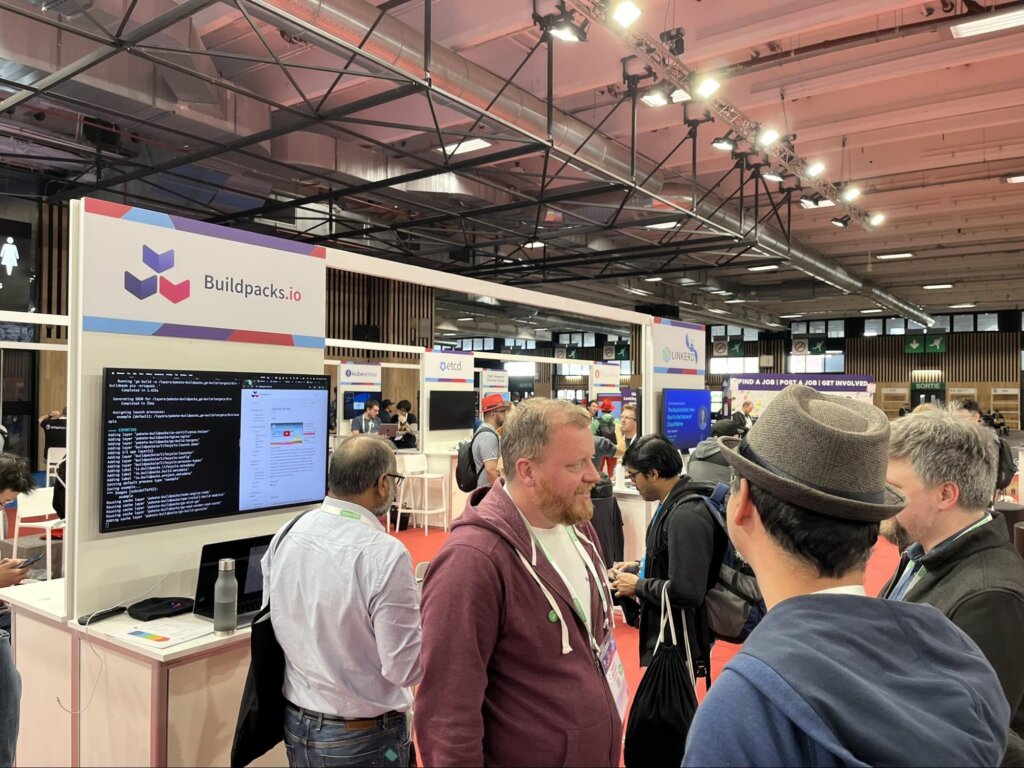
The excitement wasn’t confined to the main stage. The Buildpacks booth at the conference was a constant hive of activity, attracting attendees eager to learn more about the project. Questions flowed freely, ranging from the very basic (“What are Buildpacks?”), to the practical (“How can I integrate Buildpacks into my existing build workflow?”), and to the theoretical (“What customization options are available?”). Many attendees also expressed a desire to delve deeper into the philosophical underpinnings of the project.
The interest in Buildpacks was not just confined to attendees, but also Analysts and friends from the Media.
Demystifying Buildpacks: Addressing the Docker vs. Buildpacks Divide
One recurring theme in these conversations was the need for clearer communication around Buildpack primitives. Many attendees expressed a desire for a more comprehensive comparison between the traditional Dockerfile approach and the Buildpacks way of building container images. Providing this clarity will be a crucial step in helping developers understand the unique advantages of Buildpacks and how they can leverage these advantages to streamline their containerization workflows.
The Path Forward: Building on Momentum
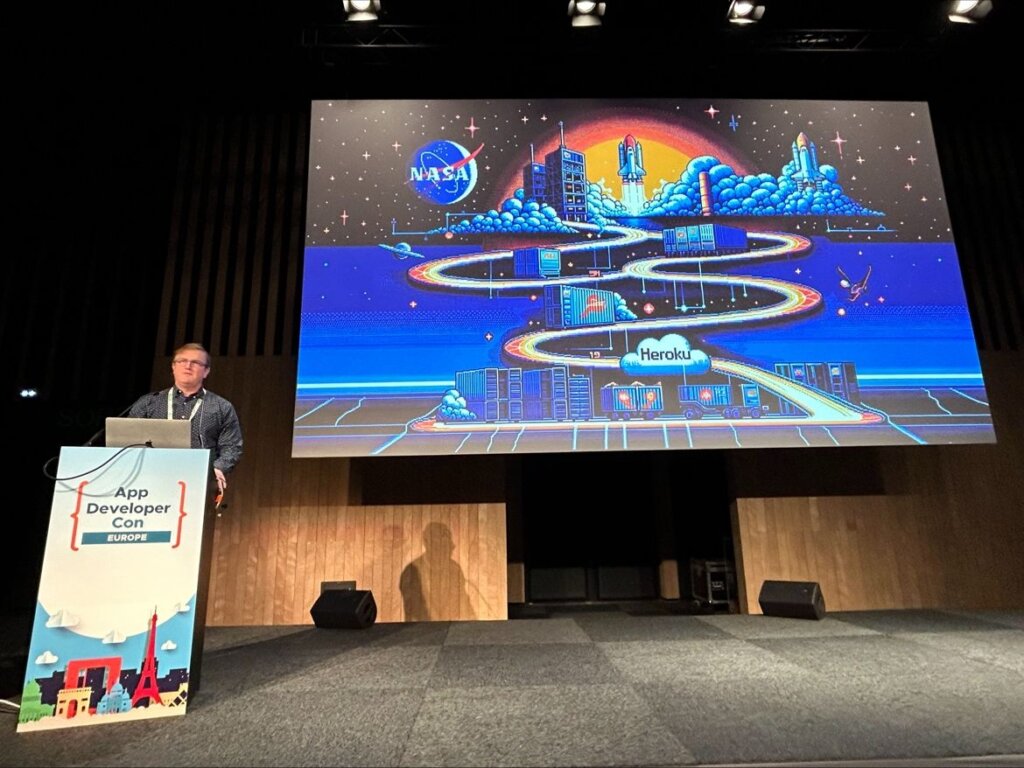
The enthusiastic reception from the community and the growing adoption within the industry are clear indicators of the project’s immense value. By fostering a collaborative spirit, providing clear and concise documentation, and addressing the need for clear comparisons with existing containerization tools, the Buildpacks project is well-positioned for continued growth and success in the ever-evolving cloud-native landscape.
